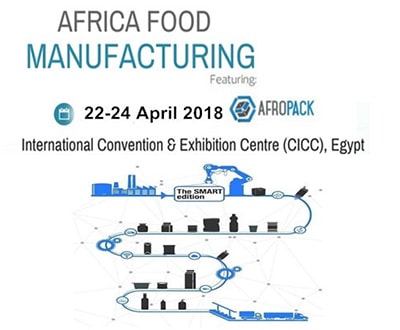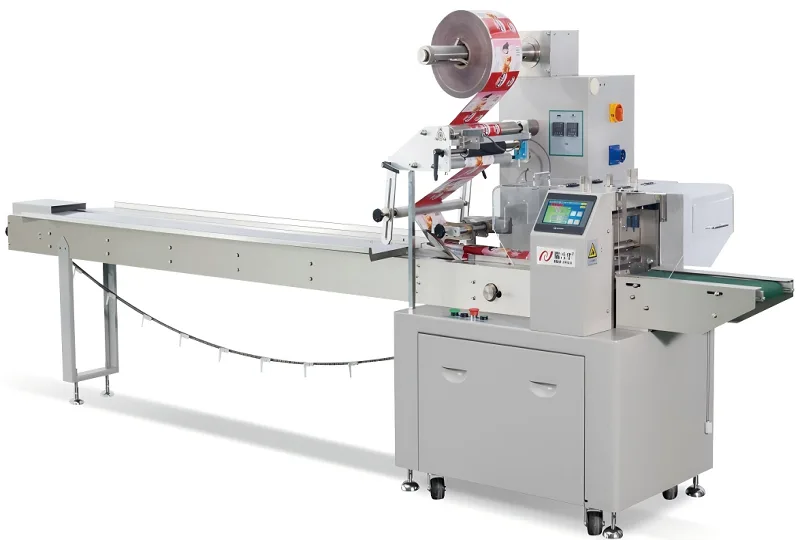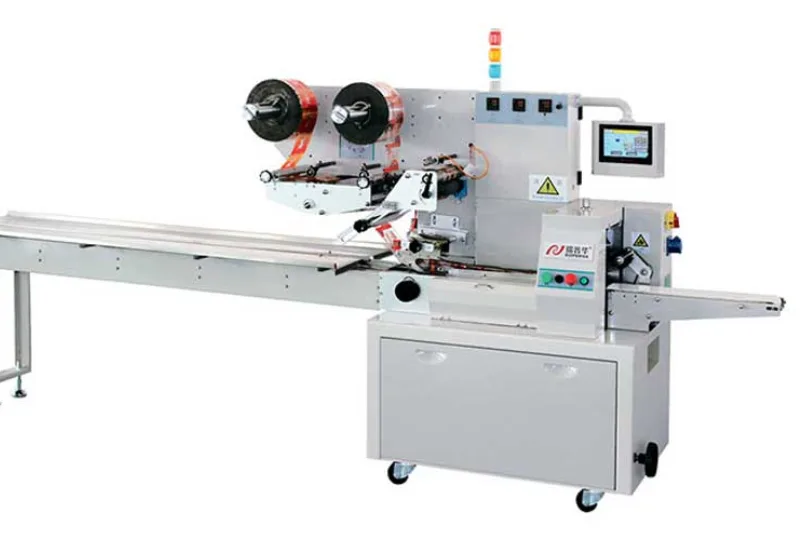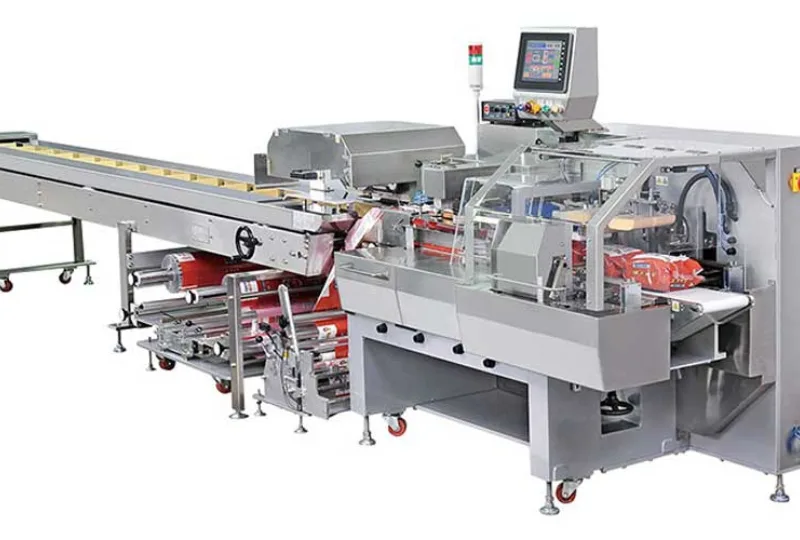The Environmental Impact of Modern Cookie Packaging Machines
The Stealthy Spectre of Modern Cookie Packaging Machines: Unraveling Their Environmental Toll
In the culinary symphony of convenience, cookie packaging machines dance a silent but insidious waltz with the environment. While they churn out tempting treats that grace our supermarket shelves, their relentless operation casts a hidden shadow upon our planet’s well-being.
The Styrofoam Enigma
Many cookie packaging machines rely heavily on expanded polystyrene (EPS), commonly known as Styrofoam. This ubiquitous yet environmentally problematic material plagues the industry. Its lightweight and insulating properties make it ideal for protecting fragile cookies, but its durability and slow decomposition rate pose a grave threat. Styrofoam easily escapes landfills and litters our oceans, where it can entangle marine life and disrupt ecosystems.
The Plastic Peril
In addition to Styrofoam, plastic plays a significant role in cookie packaging. Wrappers, trays, and film made from plastic contribute to the staggering amount of plastic waste generated globally. The production of plastic emits greenhouse gases, and its disposal often involves incineration or landfilling, further exacerbating environmental woes.
The Paper Paradox
Paperboard is another common material used in cookie packaging, but its environmental impact is far from benign. While paperboard is biodegradable, its production requires significant amounts of water, energy, and trees. The deforestation associated with paper production also disrupts habitats and contributes to climate change.
Mitigating the Impact
Recognizing the urgent need for action, some manufacturers have begun exploring eco-friendly alternatives to traditional packaging materials. Biodegradable plastics, made from plant-based or renewable resources, offer a promising solution. Paperboard can be sustainably sourced from managed forests and recycled to reduce its environmental footprint.
The Power of Innovation
Innovation plays a crucial role in mitigating the environmental impact of cookie packaging machines. By embracing cutting-edge technologies and embracing sustainable practices, manufacturers can significantly reduce their carbon footprint. For instance, using high-efficiency machines and minimizing energy consumption can lower greenhouse gas emissions.
The environmental impact of modern cookie packaging machines is a sobering reality that demands urgent attention. By strategically incorporating eco-friendly materials and embracing innovation, we can minimize the industry’s toll on our planet while continuing to enjoy the convenience and taste of our favorite treats. The time to act is now, before the hidden specter of cookie packaging machines looms larger than ever before.
-
01
Automatic Tray Loading and Packaging Equipment: Boost Efficiency to 160 Bags/Minute
21-11-2025 -
02
Automatic Soap Packaging Machine: Boost Productivity with 99% Qualification Rate
21-11-2025 -
03
A Deep Dive into Automatic Toast Processing and Packaging System
18-11-2025 -
04
The Future of Bakery Production: Automated Toast Processing and Packaging System
18-11-2025 -
05
Reliable Food Packaging Solutions with China Bread, Candy, and Biscuit Machines
11-10-2025 -
06
High-Performance Automated Food Packaging Equipment for Modern Production
11-10-2025 -
07
Reliable Pillow Packing Machines for Efficient Packaging Operations
11-10-2025 -
08
Advanced Fully Automatic Packaging Solutions for Efficient Production
11-10-2025 -
09
Efficient Automatic Food Packaging Solutions for Modern Production
11-10-2025 -
10
Advanced Automatic Packaging Equipment for Efficient Production
11-10-2025













